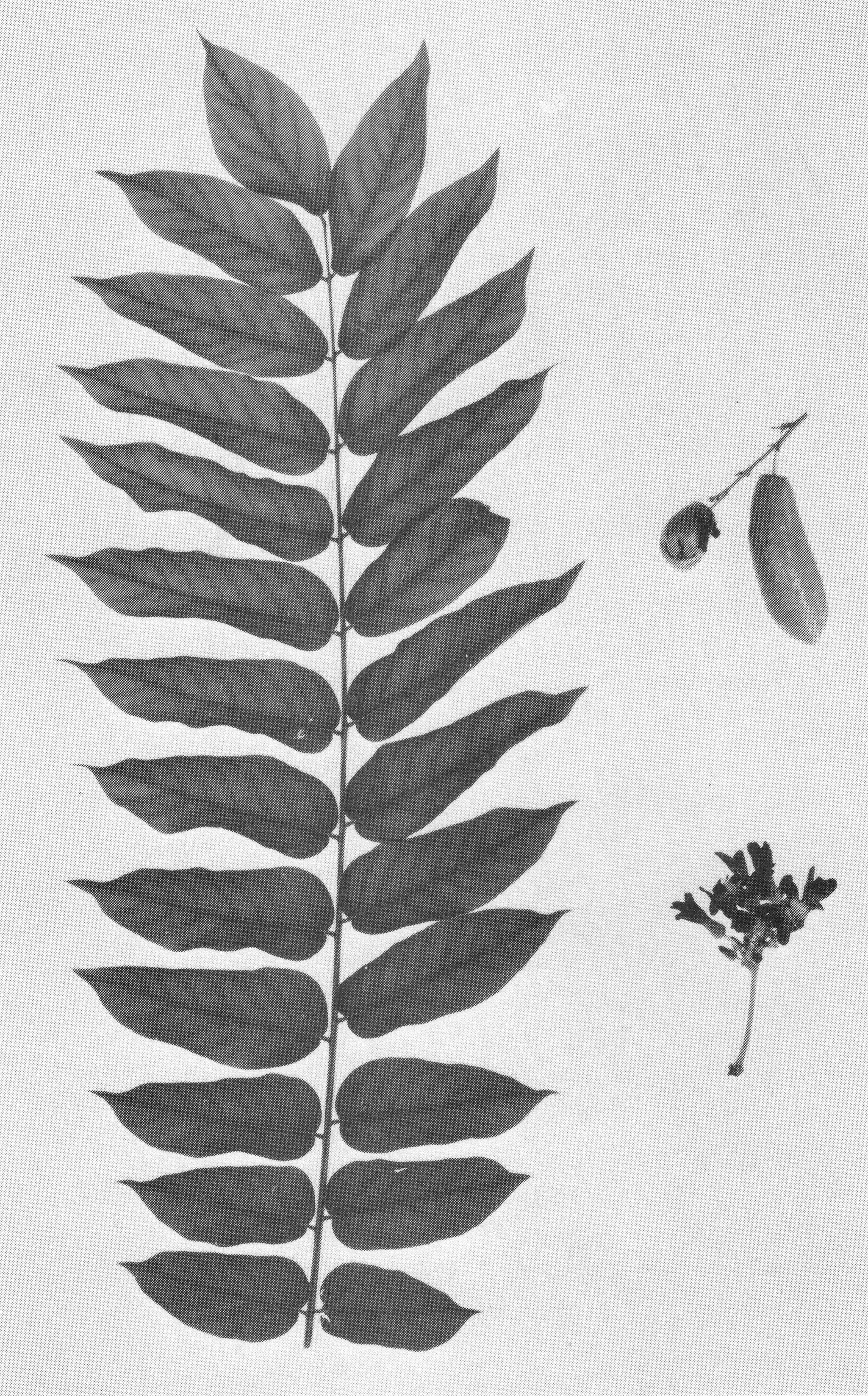|
Cultural requirements: Hot tropical lowland or sub-tropical climate. Tolerant of great range in rainfall, soil conditions. Tolerant of light frost. Description: Scandent shrub or tree to 10 m. Propagation by seed. Fruit production in 3-4 years. Flowers several times a year. Fruit matures in 50-60 days. Fruit ellipsoid, 2.5 cm long, exterior color yellow. Utilization: Pulp eaten fresh, preserved; seed eaten fresh, roasted. Flavor of pulp subacid, insipid: limited appeal. Little potential for wider cultivation. Reference: Fatigue 1974. OleaceaeNoronhia emarginata Thou.Common names: Madagascar olive (English); noronha (Madagascar). Origin: Madagascar, Sri Lanka. Distribution: Introduced around Tropics but not widely known. Cultural requirements: Tropical climate, often near seashore. Tolerant of poor soils, saline condi-tions, wind. Description: Small tree. Propagation by seed. Fruit ellipsoid, 2-3 cm long, external color greenish. Utilization: Pulp preserved. Flavor sweet; moderate appeal. Little potential for cultivation as good food. Used as ornamental tree in coastal areas. OxalidaceaeAverrhoa bilimbi L.Common names: bilimbi (English); bilimbi, grosella (Spanish); belimbing asam (Malaya). Origin: Southeast Asia. Distribution: Introduced throughout Tropics but not common outside Asia. Cultural requirements: Hot, wet tropical lowlands. Tolerant of a variety of soil conditions, seasonal dry period. Very susceptible to frost injury. Description: Tree to 10 m. Propagation by seed (can be grafted). Fruit production in 5-6 years from seed. Several cycles of bloom and fruit during year. Fruit matures in 90 days. Fruit cylindrical, 5-8 cm long, shallowly ribbed, in small clusters on trunk and limbs of tree, greenish yellow inside and out. |

Figure
25. Bilimbi. a sour fruit for cooking or for chutneys.
Utilization: Pulp used in curries, jellies, chutney, pre-serves, pickles. Flavor very sour; fair appeal. Good source of vitamin C. Important in home gardens and local marketing. Little potential for further commercial development. References: Leon 1968, Molesworth Allen 1967, Popenoe 1939. Averrhoa carambola L. Common names: carambola, starfruit (English); carambola (Spanish, Portuguese); belimbing manis (Malaya). Origin: Southeast Asia. Distribution: Introduced throughout Tropics but not common outside Asia. |